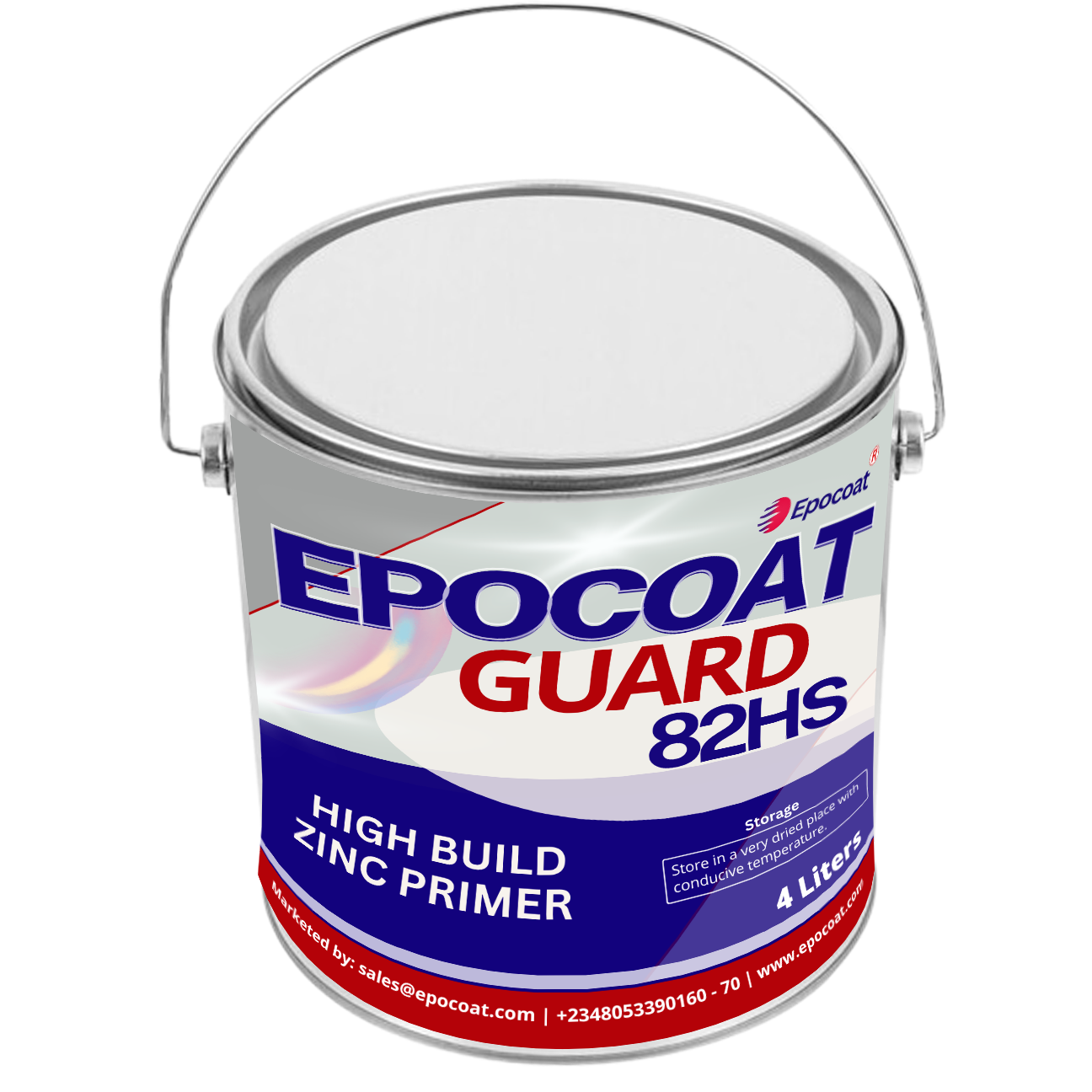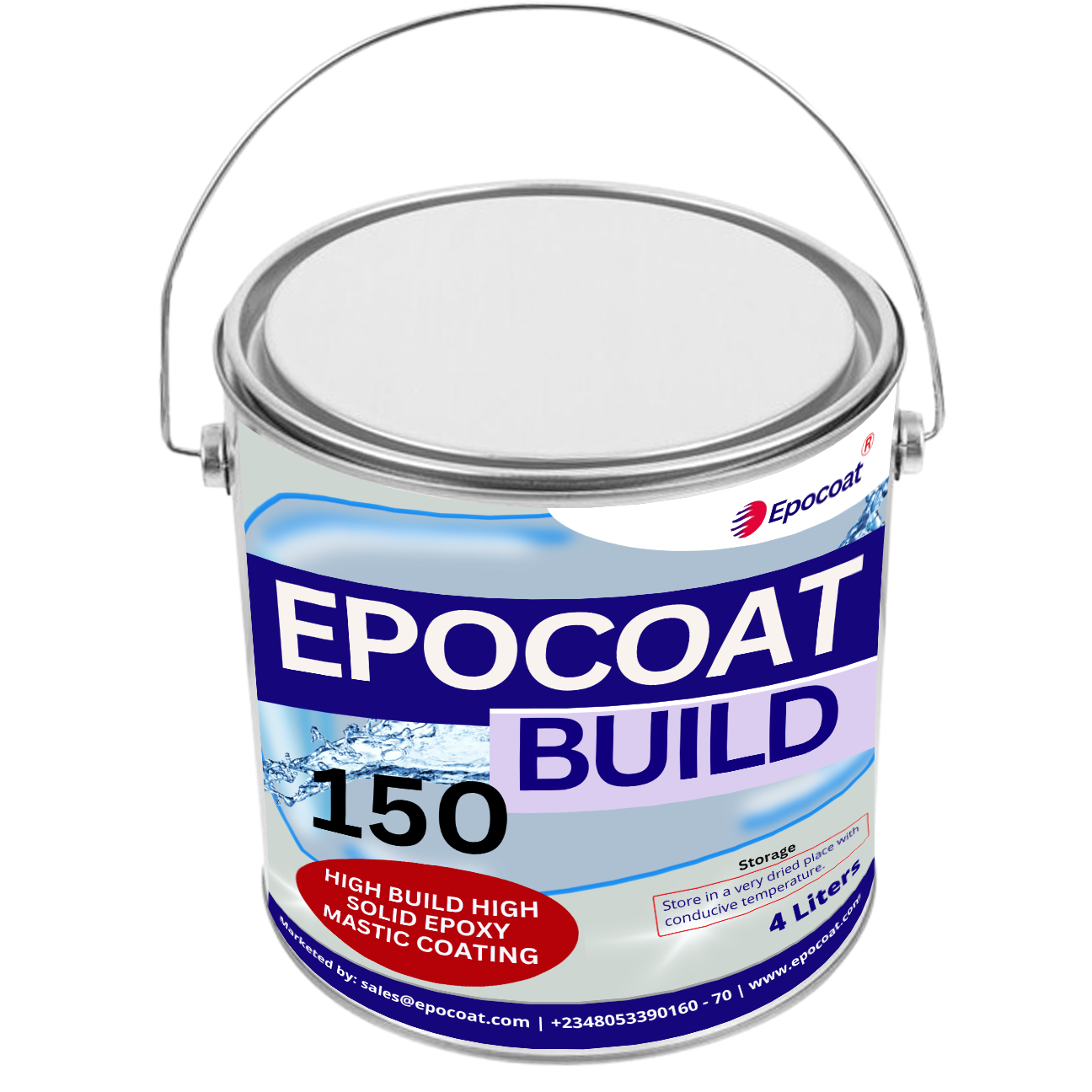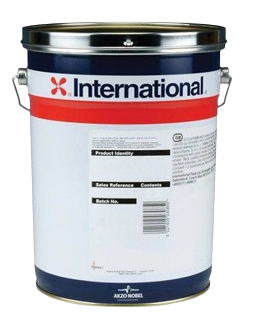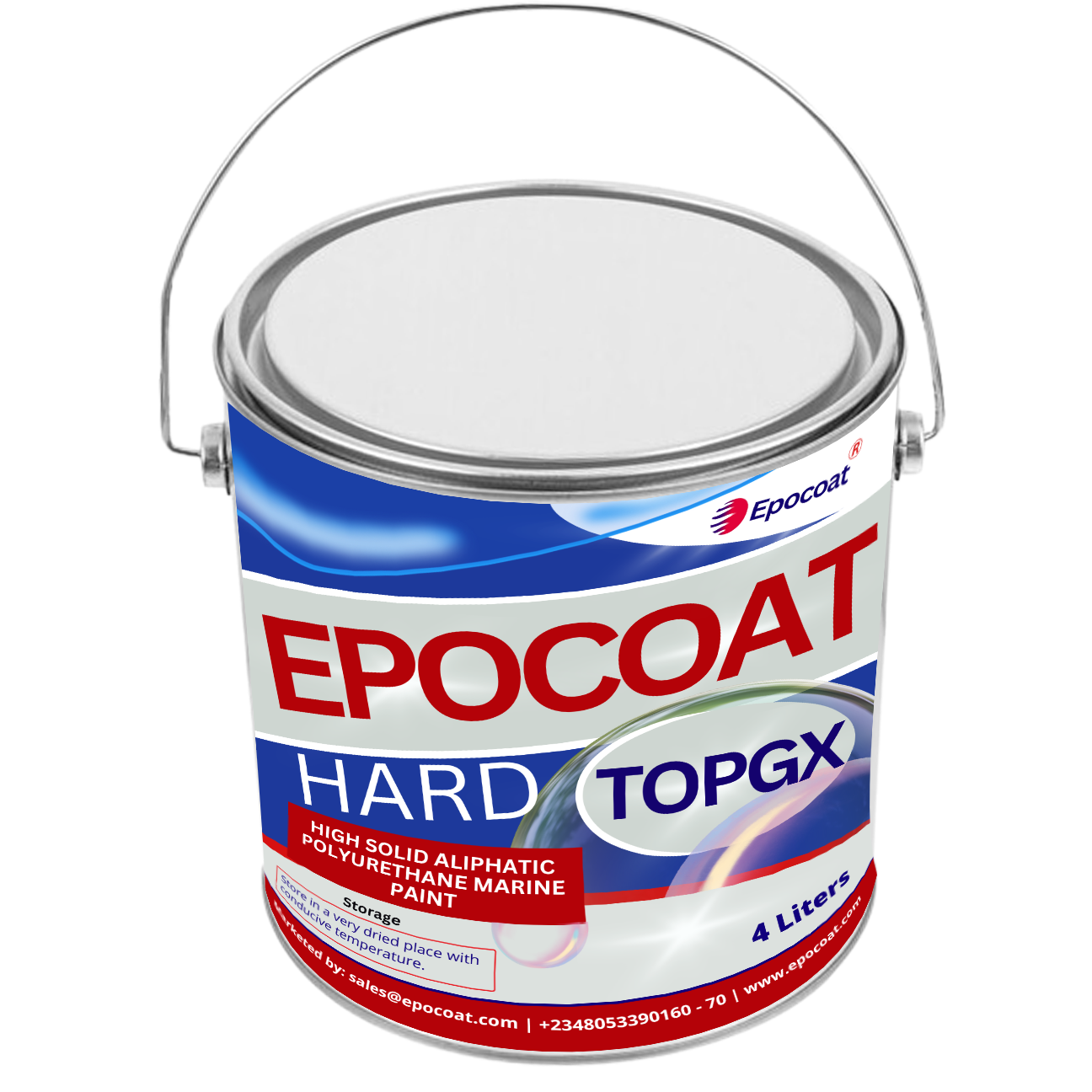Case Study: Performance of Marine Paints in Coastal vs. Open Sea Conditions
Key Takeaways
Introduction
An Overview of Marine Paints are specially formulated coatings designed to protect vessels, structures, and equipment exposed to marine environments. These paints are engineered to withstand the harsh conditions of the sea, including constant exposure to saltwater, UV radiation, and varying temperatures. Marine paints serve multiple purposes: they prevent corrosion, reduce biofouling (the growth of marine organisms on surfaces), and enhance the aesthetic appeal of the vessels. Common types of marine paints include anti-fouling paints, which prevent the attachment of barnacles and other marine life, epoxy paints known for their durability, and polyurethane paints valued for their gloss and UV resistance.
The Purpose of the case study aim to evaluate and compare the performance of marine paints in two distinct environments: coastal and open sea conditions. By understanding how different environmental factors impact the effectiveness and longevity of marine paints, manufacturers, shipowners, and maintenance crews can make more informed decisions when selecting the appropriate paint for their vessels. The study provides insights into the wear and tear, adhesion, and overall durability of marine paints under varying conditions, contributing to better maintenance practices and extending the service life of marine coatings.
Performance of Marine Paints in Coastal vs. Open Sea Conditions
1. Environmental Conditions
Coastal environments are characterized by their proximity to land, where the interaction between land and sea creates unique environmental challenges. In coastal areas, the salinity of the water can fluctuate due to freshwater runoff, while temperature variations are more pronounced. Additionally, coastal waters are often more polluted due to industrial activities, urban runoff, and agricultural discharge. These pollutants can include oils, chemicals, and organic matter, which can accelerate the degradation of marine paints. The frequent wetting and drying cycles, caused by tides and wave action, further contribute to the wear and tear of coatings in coastal regions.
Open sea environments, in contrast, are marked by consistent salinity levels and relatively stable temperatures. The open sea is free from the pollutants typically found near coastal areas, resulting in cleaner water. However, the challenges in the open sea stem from constant exposure to saltwater, higher UV radiation levels, and the abrasive action of waves. The open sea environment also exposes vessels to biofouling, where marine organisms such as algae, barnacles, and mollusks attach themselves to the hull. This biofouling not only affects the performance of the vessel but also accelerates the degradation of the paint.
2. Marine Paints Tested
The Types of Paints Used in the Study are three types of marine paints selected based on their popularity and specific properties: epoxy, polyurethane, and anti-fouling paints. Epoxy paints are known for their excellent adhesion, durability, and resistance to chemicals. They are often used as primers or base coats. Polyurethane paints, on the other hand, are valued for their high-gloss finish and superior UV resistance, making them ideal for topcoats. Anti-fouling paints are specifically designed to prevent the attachment of marine organisms, using biocides that deter the growth of barnacles, algae, and other marine life.
The application process for each type of marine paint was standardized to ensure consistency across different test sites. Surface preparation involved cleaning and sanding the surfaces to remove any existing coatings, rust, or contaminants. Each paint was applied following the manufacturer's guidelines, which typically included a primer coat, followed by one or more topcoats. The paints were applied under controlled environmental conditions to minimize the impact of external variables during the application process. After application, the painted surfaces were allowed to cure for a specified period before being exposed to the respective coastal and open sea environments.
3. Methodology
The study was conducted over a 12-month period, with test panels coated with the selected marine paints placed in both coastal and open sea environments. The coastal test site was located near an industrial port, while the open sea site was chosen several miles offshore, away from any land-based pollution sources. The test panels were regularly monitored to assess the performance of the paints, focusing on parameters such as paint adhesion, color retention, biofouling resistance, and the extent of corrosion. Environmental data, including salinity, temperature, and pollutant levels, were also recorded to correlate with the paint performance.
Data collection involved both visual inspections and laboratory analysis. The panels were retrieved at regular intervals (monthly for visual inspections and quarterly for laboratory tests) to assess the condition of the paint. Visual inspections focused on signs of paint peeling, cracking, discoloration, and the presence of biofouling. Laboratory tests included adhesion strength measurements, chemical resistance tests, and microscopic analysis of the paint surface to detect any micro-cracks or early signs of corrosion. The results were compiled and analyzed to identify trends and differences in paint performance between the two environments.
4. Results and Analysis of Marine Paint Performance
Coastal Environment Results
In the coastal environment, the performance of the marine paints varied significantly depending on the type of paint used.
- Epoxy Paint: The epoxy coatings showed good adhesion initially but began to exhibit signs of wear after six months. The fluctuating salinity levels and the presence of pollutants contributed to a gradual breakdown of the epoxy layer, leading to minor peeling and cracking. Additionally, the frequent wetting and drying cycles accelerated the formation of micro-cracks, which eventually allowed moisture to penetrate the surface, causing localized corrosion.
- Polyurethane Paint: Polyurethane paints performed relatively well in the coastal environment, maintaining their gloss and color for most of the study period. However, by the ninth month, some areas began to show signs of discoloration and chalking due to the combined effects of UV radiation and pollutants. The paint’s resistance to biofouling was moderate, with some algae and barnacle growth observed, particularly in shaded areas with less sunlight exposure.
- Anti-fouling Paint: The anti-fouling paint was the most resilient in the coastal environment, effectively preventing the attachment of marine organisms throughout the study. However, its overall durability was slightly compromised by the high levels of pollutants, which caused the biocides to degrade faster than anticipated. This led to a reduction in the paint's effectiveness toward the end of the study period.
Open Sea Environment Results
In the open sea environment, the marine paints faced different challenges, including constant exposure to saltwater, higher UV radiation, and biofouling pressures.
- Epoxy Paint: Epoxy paint in the open sea showed excellent adhesion throughout the study. The stable salinity levels and cleaner water conditions helped maintain the integrity of the epoxy coating. However, UV exposure led to minor discoloration, and some biofouling was observed in areas with lower flow rates. Overall, the epoxy paint demonstrated better performance in the open sea compared to the coastal environment.
- Polyurethane Paint: Polyurethane paint excelled in the open sea, retaining its gloss and color for the duration of the study. The paint's UV resistance proved to be a significant advantage, as it prevented the chalking and fading seen in the coastal environment. Moreover, the cleaner water conditions in the open sea contributed to minimal biofouling, making polyurethane an ideal choice for vessels operating in similar conditions.
- Anti-fouling Paint: The anti-fouling paint performed exceptionally well in the open sea, with minimal attachment of marine organisms. The consistent salinity and absence of pollutants allowed the biocides in the paint to function effectively throughout the study. The paint's durability was also notable, with no significant signs of wear or degradation observed over the 12-month period.
Comparative Analysis
When comparing the results from both environments, several key differences emerged:
- Durability: Overall, the paints exhibited greater durability in the open sea environment due to the absence of pollutants and the stable salinity levels. In contrast, the coastal environment's fluctuating conditions and higher pollution levels accelerated the degradation of the coatings.
- Biofouling Resistance: The anti-fouling paint consistently outperformed the others in both environments, but its effectiveness was slightly reduced in the coastal environment due to faster biocide degradation. The open sea environment, with its cleaner water, allowed the anti-fouling properties to remain effective longer.
- Aesthetic Performance: Polyurethane paint maintained its aesthetic qualities better in the open sea, thanks to its superior UV resistance. In the coastal environment, it was more prone to discoloration and chalking due to the harsher conditions.
Learn more on the Comparative Analysis of Marine Paint Brands
The results of this study have significant implications for the selection of marine paints based on the operating environment. For vessels operating primarily in coastal waters, selecting paints with enhanced resistance to pollutants and fluctuating conditions is crucial. On the other hand, vessels in open sea conditions would benefit from paints with superior UV resistance and consistent biofouling protection.
While the study provides valuable insights, it is important to acknowledge certain limitations. The 12-month duration, while adequate for observing initial performance trends, may not fully capture long-term wear and tear. Additionally, the study focused on specific coastal and open sea conditions, which may vary significantly in other regions or under different environmental factors.
Frequently Asked Questions
1. Why do marine paints perform differently in coastal vs. open sea conditions?
The performance varies due to differences in environmental factors such as salinity, UV exposure, pollutants, and biofouling pressures. Coastal environments often have more pollutants and fluctuating conditions, while open sea environments have stable salinity and higher UV exposure.
2. Which type of marine paint is best for coastal environments?
For coastal environments, epoxy paints are often recommended due to their resistance to fluctuating conditions and pollutants. However, their performance may need reinforcement depending on the level of exposure to these factors.
3. How do anti-fouling paints perform in different environments?
Anti-fouling paints are effective in both coastal and open sea environments, but their performance can be slightly diminished in polluted coastal waters. Choosing the right formulation based on the specific biofouling pressure is crucial for optimal results.
4. Is UV resistance important for marine paints in open sea conditions?
Yes, UV resistance is critical in open sea conditions where vessels are exposed to constant sunlight. Polyurethane paints are particularly effective in these environments, offering superior resistance to UV-induced degradation.
Other Related Articles
Environmental Impact of Different Marine Paints
Prolonging the Life of Marine Paint: Best Practices
Uses of Different Marine Paints and Their Application
Conclusion
This study highlights the contrasting performance of marine paints in coastal and open sea environments. Epoxy paints, while durable, showed vulnerability to fluctuating conditions and pollutants in coastal areas. Polyurethane paints excelled in open sea conditions, maintaining their aesthetic qualities and durability under constant UV exposure. Anti-fouling paints were the most effective in preventing biofouling across both environments, though their performance slightly diminished in polluted coastal waters.
For vessels operating in coastal environments, it is advisable to choose paints with strong resistance to pollutants and varying salinity levels. Polyurethane paints, with their UV resistance and durability, are ideal for open sea conditions where consistent exposure to sunlight is a concern. Anti-fouling paints remain a strong choice for both environments, though the specific formulation should be considered based on the level of pollution and biofouling pressure in the operating area.
Future studies could focus on long-term performance over several years, incorporating a wider range of environmental variables, such as temperature fluctuations and varying levels of water turbulence. Additionally, exploring the impact of newer, more eco-friendly marine paint formulations could provide valuable insights into sustainable options for protecting marine vessels.
Ready to protect your vessel with the best marine paints? Visit GZ Industrial Supplies for a wide range of high-performance marine paints designed for both coastal and open sea conditions. Our expert team is here to help you select the right products to ensure your vessel stays in top condition, no matter where your journey takes you. Shop now to find the perfect marine paint solutions!












